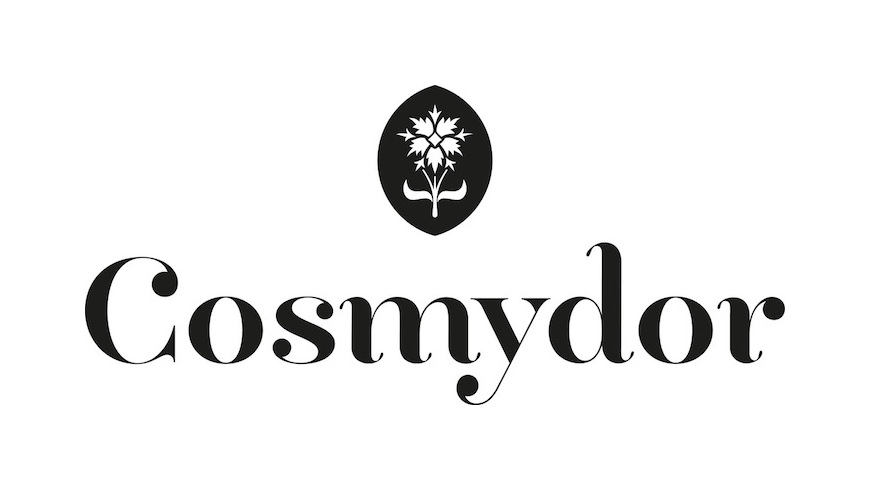WHAT IS GREEN BEAUTY? AND WHAT SHOULD IT BE?
There is no official definition of “green beauty”, nor any independent certification for it. The only thing everyone agrees on is that it is a very promising and fast-growing market, which should soon be worth more than $40bn, when, just a decade ago, it was a tiny niche market.
What should it mean? Green implies that the products are natural, i.e. ingredients come from plants (and maybe minerals, like clay), and contain no non-natural ingredients, i.e. chemically synthesised molecules, or worse, petrochemicals (derived from oil). It should be easy to check whether something is genuinely green, shouldn’t it?
The problem is that green is also a colour. It is easy to put a few touches of green on packaging and perhaps a flower to suggest it is a key ingredient when it only represents 0.1% or less of the formula. Unfortunately, this cannot be regulated or prevented.
The first step of “greenwashing” is packaging; the next is a broader marketing and branding effort that creates an impression of overall sustainability.
Cosmydor was born in 1877 with a 100% natural formula (as documented in an article in La France Médicale on 17 October 1877), at a time when “natural”, “green”, “clean” and “organic” were not on-trend in the beauty industry.
In 2020, beauty brands can be genuinely green, just by doing what the word green instinctively implies:
excluding synthesised molecules that cannot be found in nature. Why? To stop our bodies from having short- or long-term reactions to unknown chemicals. Our bodies do not inherently know how to process or store them, and so the precautionary principle should rule out their use. Green beauty should only allow man-made molecules which already exist in nature.
using “positive discrimination” for plant ingredients: as long as a plant ingredient is available, it should not be replaced by any industrial alternative.
using “positive discrimination” for organic plants: the whole point of using plants is to offer effective skincare; you shouldn’t find traces of GM plants, pesticides or herbicides in your cream or serum. Organic certifications (for the whole product, not just for one or two ingredients) are a good start.
Customers are becoming savvier and more careful when choosing beauty products, opting for those with fewer chemicals. There are now plenty of resources, like apps and blogs, to help consumers make more informed decisions.
After the health crisis is a perfect time to question old habits, even if your mother or best friend recommended them, even if they are sold by a luxury designer brand, and to look at labels with a more critical eye.
Green is a beautiful colour when it is pure.

